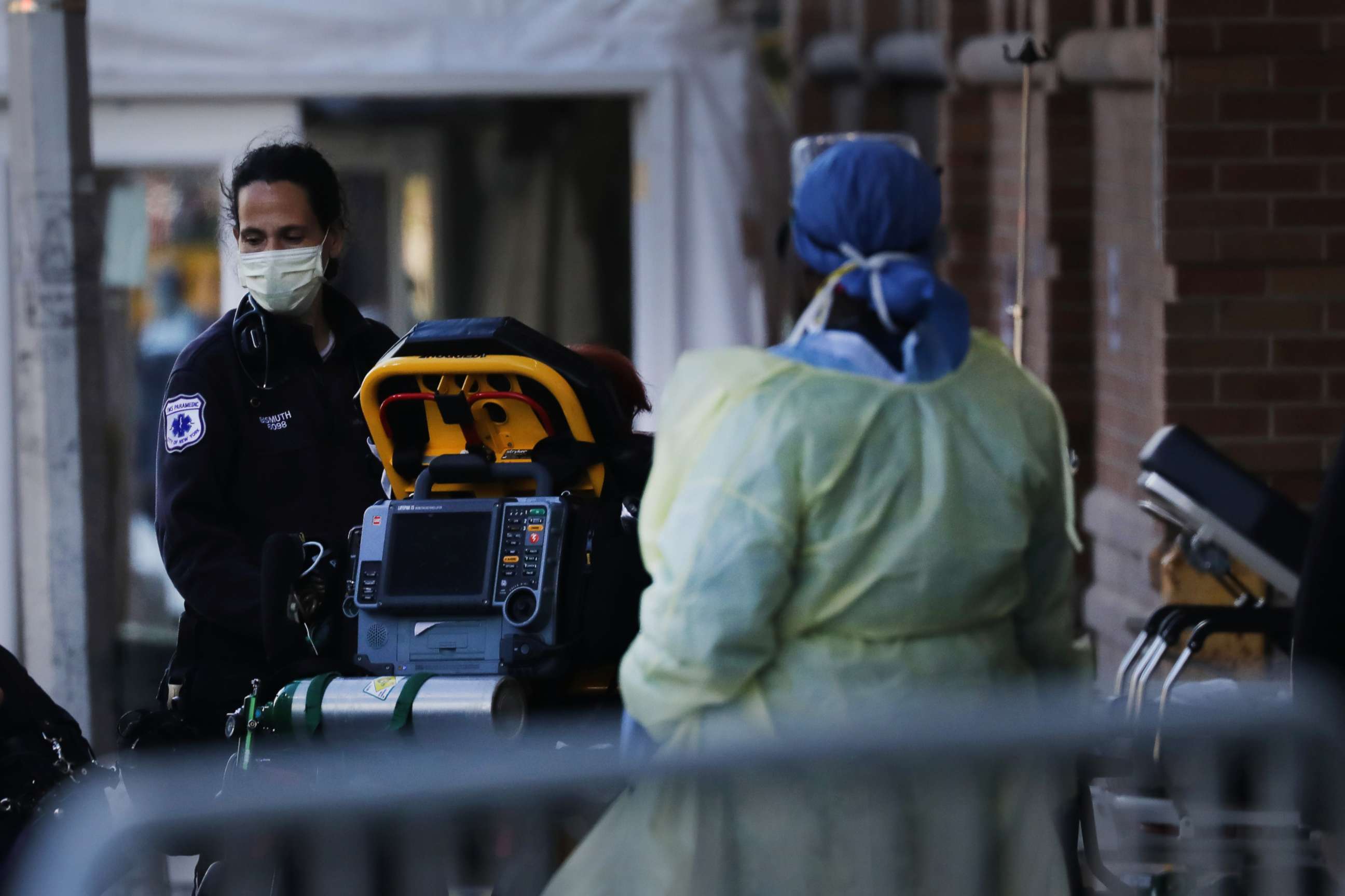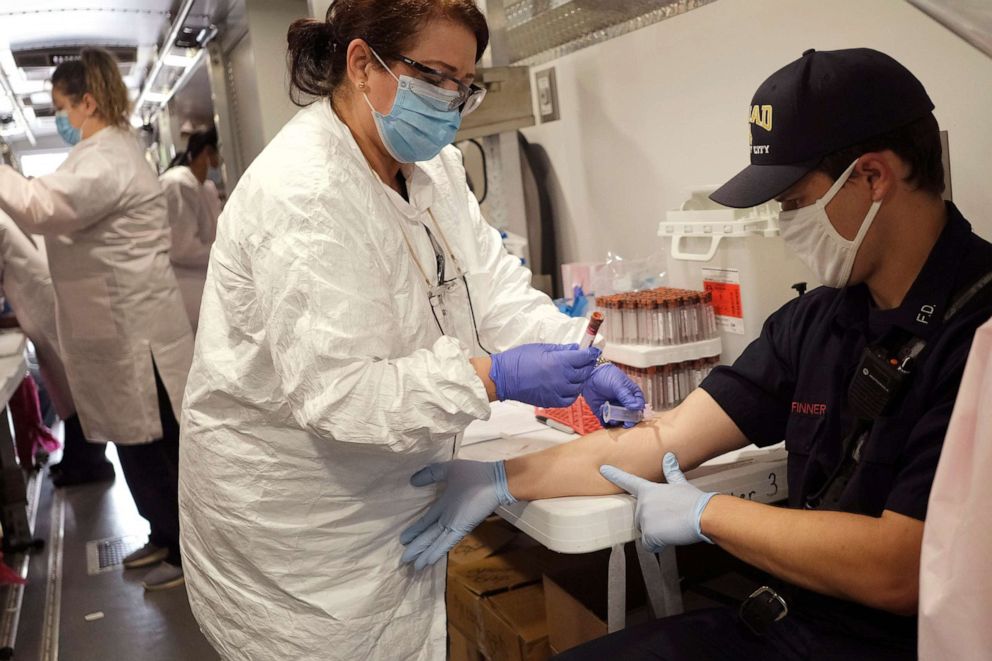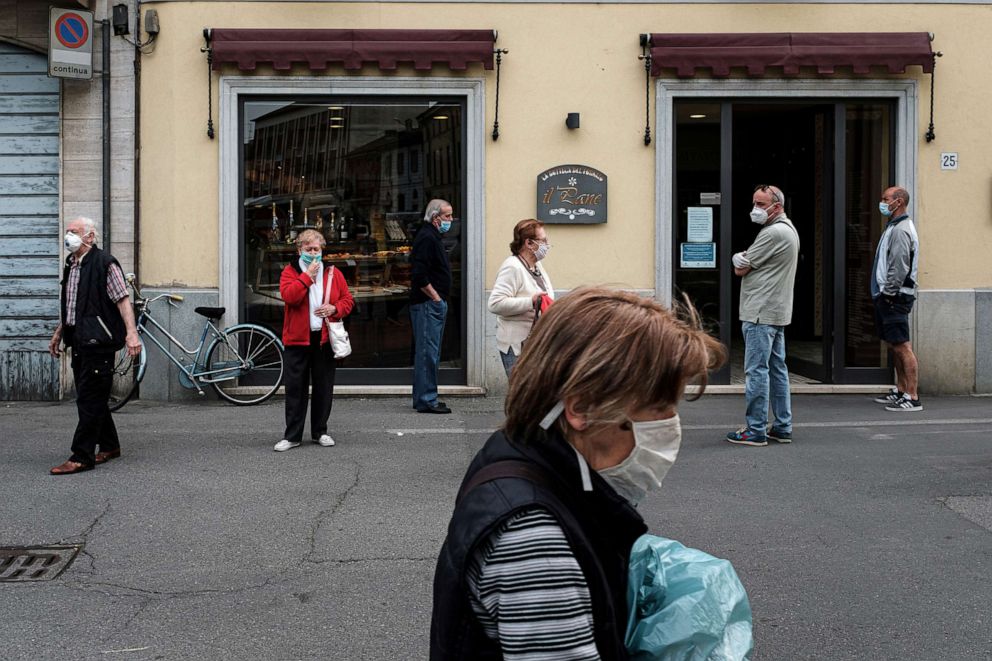Precision public health may be the answer to COVID-19: Opinion
A one-size-fits-all approach probably isn't a sustainable solution.
At a time when social distancing is the norm, have we forgotten entirely about precision medicine and public health? Not so fast.
Social distancing can flatten the curve, we now see, but as a one-size-fits-all approach, it's not a sustainable solution. Universal self-isolation has led to record-level unemployment claims, a drop in gross domestic product and food shortages in the wealthiest nation in the world.
Protests against universal self-isolation are growing, including among beachgoers in California and armed citizens at the Michigan Capitol. These and other protests threaten to reverse progress we've made.
And social distancing is especially not sustainable for those with fewer socioeconomic resources, who not only have experienced a disproportionate share of COVID-19 cases and deaths but also furloughs and lost wages.
Instead of relying on a one-size-fits-all approach, we need to rapidly develop a precision public health approach to containing the virus. It should be centered on case finding (identifying people with laboratory-confirmed COVID-19), contact tracing (identifying those who have been exposed), quarantine of contacts (separating and restricting the movement of people who were exposed to a case to see if they become sick and to prevent spread before they become sick) and isolation of cases (separating sick people with a contagious disease from people who are not sick).

Precision public health can be seen as administering the right public intervention at the appropriate time. To do this, we need to understand the number of tests for COVID-19 that have been completed, the number of laboratory-confirmed infections, as well as a count of hospitalizations and intensive care unit admissions -- and deaths. We also need these data according to location (at the neighborhood, city, county and state levels) and by time. Finally, we need to know what resources (people, equipment and space) are available to meet health care needs by location and by time.
Armed with this data, a precision public health approach to COVID-19 could look like this:
Identify hot spots of infection
Whether it's in nursing homes or dense housing complexes or anywhere else, this would reduce the number of test kits needed. If a positive test is linked to a particular population, individuals in that population could be individually tested.
Implement a robust contact tracing program
We should work with front-line healthcare workers and use smartphone apps (wherever possible) to monitor patients diagnosed with COVID-19, and use text messaging to promote a geo-fence of isolation around these individuals.
Improve state and local public health care system capabilities
We need more public health infrastructure for early outbreak identification, case containment and adequate medical supplies, as well as resources for behavioral health and social services.

Our local health departments have suffered from lack of funding, skilled workforce and technology to assist with surveillance, testing and tracing. This has implications for our ability to fight the virus, recover and rebuild. Over the last five years, the public has been acting as the nation's heath corps. Through social media, residents are identifying outbreaks before they happen. They're now engaging in contact tracing, but we are not adequately prepared to support them because of the lack of infrastructure. We need to manage the risk actively and aggressively for the next 18 months until vaccinations may be available.
We need measurable milestones for identifying points for transition and a detailed set of guidelines that provides instruction on how people can resume economic and social activity while minimizing the risk of a second wave of infections.
What obstacles do we face in implementing a precision public health approach?
Lack of testing capacity
While the number of tests for SARS-CoV-2 performed in the U.S. is higher than other countries, federal coordination to support community-based testing is needed to provide more data. Testing deserts, stemming from an overwhelmed supply chain and a disjointed public health system, have put us in a tough position.
Inconsistent messaging and coordination
Some of the federal government's messaging on the pandemic has been confusing. Should we wear a mask or not? Are tests available or not? Should we stay home or not? COVID-19 is a pandemic. SARS-CoV-2, the virus that causes COVID-19, is highly contagious and does not respect political boundaries, including those that separate states or cities within a state.
A breakout in the number of cases of COVID-19 is not only a problem for individuals in that community but also for neighboring communities and states because the number of positive cases is a lagging indicator of spread. There is a role for local tailoring based on differences in the number of laboratory-confirmed cases, but the federal government is needed to oversee its implementation and share lessons learned with other states.
Economic burdens
Ultimately, a precision public health approach should lead to an opening of the economy, an easing of economic burdens. However, implementing precision public health will require resources. States and municipalities need the funds and supplies to perform testing, contact tracing and advance other measures. Given the present economic crisis, families who lost livelihoods need some measures of financial support in order to not take desperate measures for wages or food that might undermine public health guidance.

Precision public health isn't just a means to mitigate risk now but to help transition from response to recovery. The tools of precision public health provide actionable intelligence to identify who's safe to go back to work or back to school. Technology is going to be a critical ingredient to realizing these opportunities. In India, they're using a contact tracing app to help populations de-risk social distancing.
It is ironic that a country that has invested so much in tailored treatments, digital health and big data is using such an indiscriminate "isolate all" approach to containing COVID-19.
Now is the time for precision public health, so we can recover and rebuild.
What to know about coronavirus:
- How it started and how to protect yourself: Coronavirus explained
- What to do if you have symptoms: Coronavirus symptoms
- Tracking the spread in the U.S. and worldwide: Coronavirus map
Tune into ABC at 1 p.m. ET and ABC News Live at 4 p.m. ET every weekday for special coverage of the novel coronavirus with the full ABC News team, including the latest news, context and analysis.
Jay Bhatt, a practicing internist and Aspen Health Innovators Fellow, is an ABC News contributor. Stevan Weine, M.D., is a professor of psychiatry at the University of Illinois at Chicago College of Medicine and director of the Center for Global Health. Jerry Krishnan, M.D., Ph.D., is associate vice chancellor for Population Health Sciences, University of Illinois at Chicago.




